The White Stripes
Buy The White Stripes The self-titled 1999 debut by the Michigan based debut, The White Stripes was at once a nod back to the American blues from the century about to end and […]
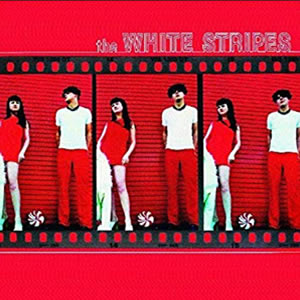
Buy The White Stripes The self-titled 1999 debut by the Michigan based debut, The White Stripes was at once a nod back to the American blues from the century about to end and […]


Buy The Stranger There is a bit of irony in The Stranger being our selection as Album of the Year for 1977. Don’t get me wrong, this is a great album by Billy Joel. […]
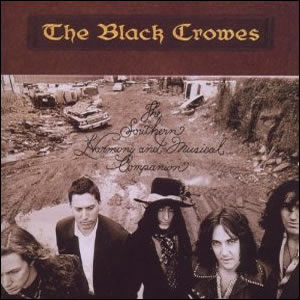
Buy The Southern Harmony & Musical Companion With the follow-up to their blockbuster 1990 debut, The Black Crowes took a more rootsy and soulful approach with The Southern Harmony & Musical Companion. That […]
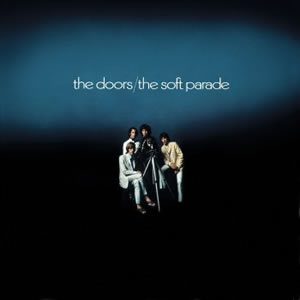
Buy The Soft Parade 1969 was a tumultuous year for the The Doors. The main incident which caused their collective headache happened in Miami in March when vocalist Jim Morrison was arrested for […]
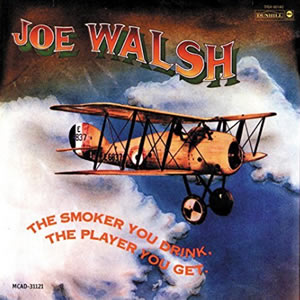
Buy The Smoker You Drink, the Player You Get The second of two albums featuring singer-songwriter and multi-instrumentalist Joe Walsh with his backup group Barnstorm, The Smoker You Drink, the Player You Get […]
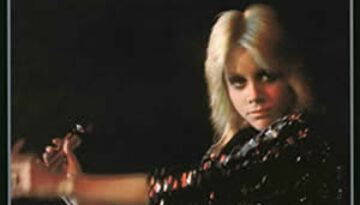
Buy The Runaways The Southern California all-female teenage rock group The Runaways had a short and tumultuous career during the mid 1970s, a career which commenced with their 1976 self-title debut album. In […]
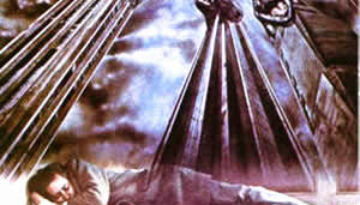
Buy The Royal Scam We’ve all heard of the genre called “outlaw country”. But with Steely Dan‘s 1976 fifth studio album, The Royal Scam, the group put forth a collection of songs that […]

Buy The River Bruce Springsteen‘s fifth studio album, The River, is a massive album in both length and scope. Released in late 1980, this double album includes tracks that originated during the early […]
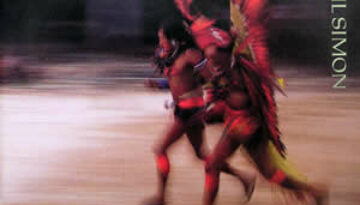
Buy The Rhythm of the Saints Ever the artist searching for a new, authentic sound, Paul Simon went to Brazil and employed the heavily percussive samba known as Batucada for his 1990 album, […]